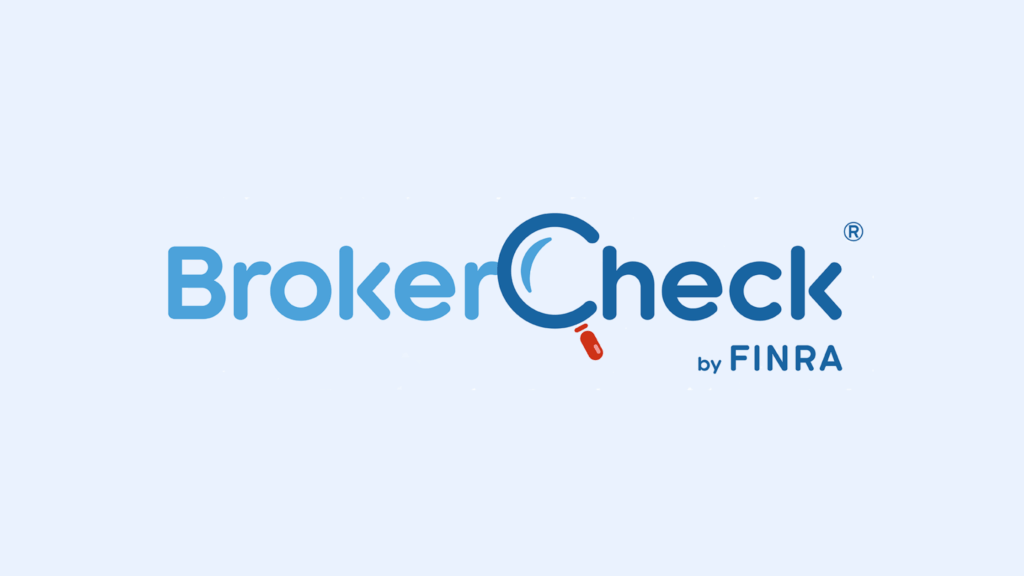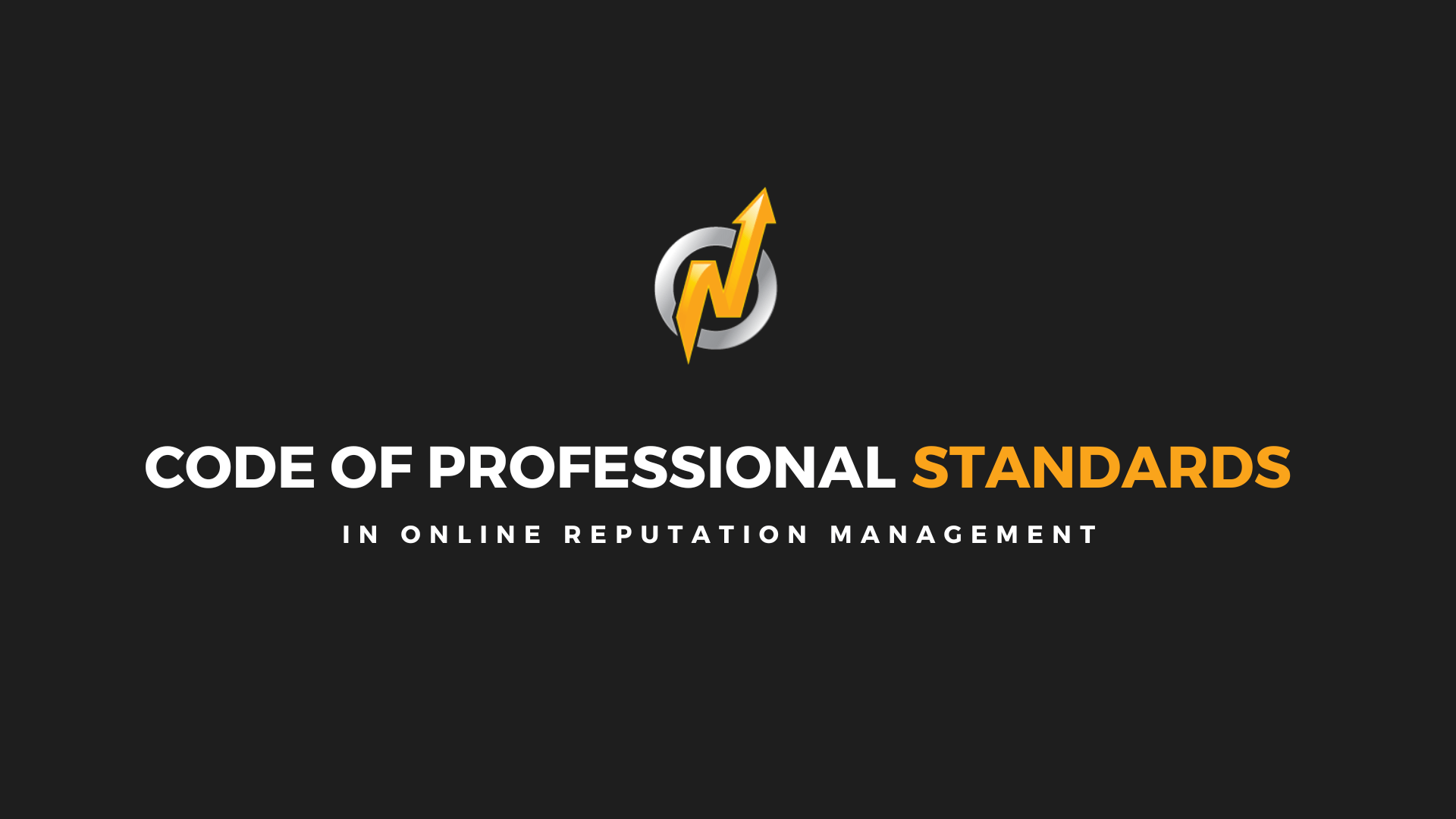A negative FINRA BrokerCheck link at the top of your Google results damages credibility, trust, and opportunity. It can block high-net-worth clients from reaching out, ruin recruiting chances, and raise doubts before you ever enter a room. Even if the disclosure was dismissed or settled with no wrongdoing, the stain sticks. That link is public, permanent, and often misunderstood.
Most advisors believe expungement is the answer. But the truth is, it’s slow, expensive, and often fails. Even if you’re successful, it can take over a year for the record to be removed—and even then, cached links or third-party scrapers may still display the outdated data.
That’s why suppression matters more. While you work through expungement, you can immediately control what people see by pushing the negative link off the first page of search results. Suppression reshapes your narrative. It builds digital trust at the exact moment someone Googles your name. This guide shows you how to do it.
A single outdated disclosure should not define your reputation. Here’s how to replace it with something better.

The problem with a negative BrokerCheck link
Google your name. For most advisors, BrokerCheck ranks in the top 3 search results. That means every client, prospect, and hiring manager sees it before they even get to your website or LinkedIn.
Even if the record is old, irrelevant, or resolved, the impression is immediate. Clients do not understand the difference between a dismissed complaint and a serious regulatory issue. The link alone creates hesitation. That hesitation costs you real business.
Third-party sites like investor.com, AdvisorInfo.sec.gov, and financial aggregators often copy and index your FINRA record too. These clone listings make it harder to suppress and give the impression of widespread scrutiny—even if the source is the same.
Google’s autocomplete may also suggest your name alongside words like “complaint,” “regulatory action,” or “lawsuit,” further damaging perception before anyone clicks anything.
This is not a technical issue. It is a reputational crisis in slow motion.
Why suppression is more effective than expungement
Expungement is a legal process. You file a FINRA arbitration, hire a lawyer, present evidence, and try to convince a panel that the record qualifies for removal. Criteria include:
The allegation was clearly erroneous
You were not involved in the event
The claim is false or factually impossible
Even if the panel agrees, you still need to get a court to confirm the award. This process can take 12 to 24 months and cost between $10,000 to $25,000. There is no guarantee of success. FINRA has made expungement harder in recent years, with new rules and resistance to clearing records unless the case is clear-cut.
Suppression does not rely on approval. It’s a proactive digital strategy. You publish optimized, high-authority content designed to outrank the FINRA link. Instead of waiting for the system to change your record, you change what people see.
While legal teams work on expungement, suppression builds visibility, trust, and search control in real time.
How expungement works
If you’re pursuing expungement, it’s important to understand the process.
Your FINRA record is tied to the CRD (Central Registration Depository). BrokerCheck pulls from that database. To remove a disclosure, you must file for expungement through FINRA’s dispute resolution forum.
Once filed, an arbitration panel is assigned. You and your legal team present your case. You must show that the disclosure meets expungement criteria, such as being factually impossible or not involving you directly.
If the panel rules in your favor, they will issue an award recommending expungement. But that’s not enough. You still need to petition a court to confirm the award and have it formally executed. FINRA then reviews and, if all conditions are met, updates your record.
This process is legally complex, time-consuming, and expensive. It also doesn’t protect you during the time it’s in progress. In the meantime, your search results still show the negative link.

The core suppression strategies
Suppression works by flooding Google with high-quality, high-authority content that outranks negative links. Here are the most effective tactics used by top online reputation management firms:
1. Launch a personal website optimized for your name
Buy yourname.com or a close variant. Publish a full professional biography, career milestones, press mentions, and testimonials. Add media like interviews or videos. Optimize for search using your name as the primary keyword.
2. Create content on authority platforms
Write long-form thought leadership on Medium, LinkedIn, Substack, or MuckRack. Use your full name in headlines, author profiles, and metadata. Topics can include wealth management insights, industry trends, or client education pieces.
3. Publish press releases and PR stories
Distribute press releases announcing your achievements, community involvement, or partnerships. Work with syndication platforms to publish across dozens of news sites. Ensure your name is in the title and URL for SEO value.
4. Bury third-party aggregators
Outrank FINRA clones like investor.com by creating keyword-optimized content. Use interlinking strategies between your website, press mentions, and profile articles to build authority. Update your LinkedIn and Crunchbase profiles to match your messaging.
5. Build video assets and a Google Business Profile
Videos rank well in search. Create short clips explaining financial topics, market updates, or your approach. Post them to YouTube and embed them across your platforms. A verified Google Business Profile adds another layer of SERP control.
6. Monitor search performance monthly
Use Google Search Console or tools like SEMrush to track what ranks for your name. Update pages that drop in visibility. Add new content as needed to maintain momentum.
Examples of suppression campaigns to bury negative FINRA records:
- A former Merrill Lynch advisor with a dismissed complaint from 2017 used a 5-page site, 3 press articles, and 2 guest blogs to suppress the FINRA link to page two in under 90 days.
- An RIA firm partner denied expungement launched a financial wellness podcast and used press coverage of a charity initiative to push all regulatory disclosures off the first page.
- A multi-disclosure profile was rebranded through executive visibility campaigns and now ranks with conference interviews, bylined articles, and media features in place of the FINRA record.
- These campaigns didn’t require legal victories. They required search control.
Timeline and cost expectations
Suppression begins with an audit. In the first two weeks, your name is analyzed across all search engines, and a roadmap is developed. Within the first month, your website and first wave of content should be live.
Press campaigns typically launch by month two. By months three to six, your new content gains traction, and old links begin to fall.
Most suppression campaigns last 6 to 12 months. Cost ranges from $5,000 to $30,000 depending on complexity and goals. Monthly retainers are common.

Frequently asked questions (FAQ)
Can I remove my BrokerCheck profile entirely from Google?
Only through successful expungement and court confirmation. Suppression does not delete the link, but it pushes it out of sight.
How long does suppression take?
Initial shifts can begin in 30 to 60 days. Full suppression usually takes 3 to 6 months.
Can suppression and expungement happen at the same time?
Yes, and they should. Suppression gives you control while expungement moves through arbitration and court.
Is suppression permanent?
Suppression must be maintained. Once rankings shift, you still need to update content and monitor results. It’s a long-term reputation investment.
Is this legal?
Yes. Suppression involves publishing real, truthful, and relevant content. No hacking, no deletion, no manipulation of FINRA data.
How do I know what’s working?
Use tools like Google Search Console or Ahrefsto monitor keyword positions. A qualified ORM partner will handle reporting and strategy.
What if I don’t have anything positive to publish?
You do. Everyone has a story, a value system, or expertise. A good ORM strategist will extract that value and convert it into optimized, rankable content.
Final thought
You don’t have to wait for a panel or a judge to approve your comeback. You can take control of your search results now. Suppression is not a shortcut. It is a strategy. One that works while others deliberate.
If your reputation matters, your search results should reflect it. Start there. Everything else follows.













